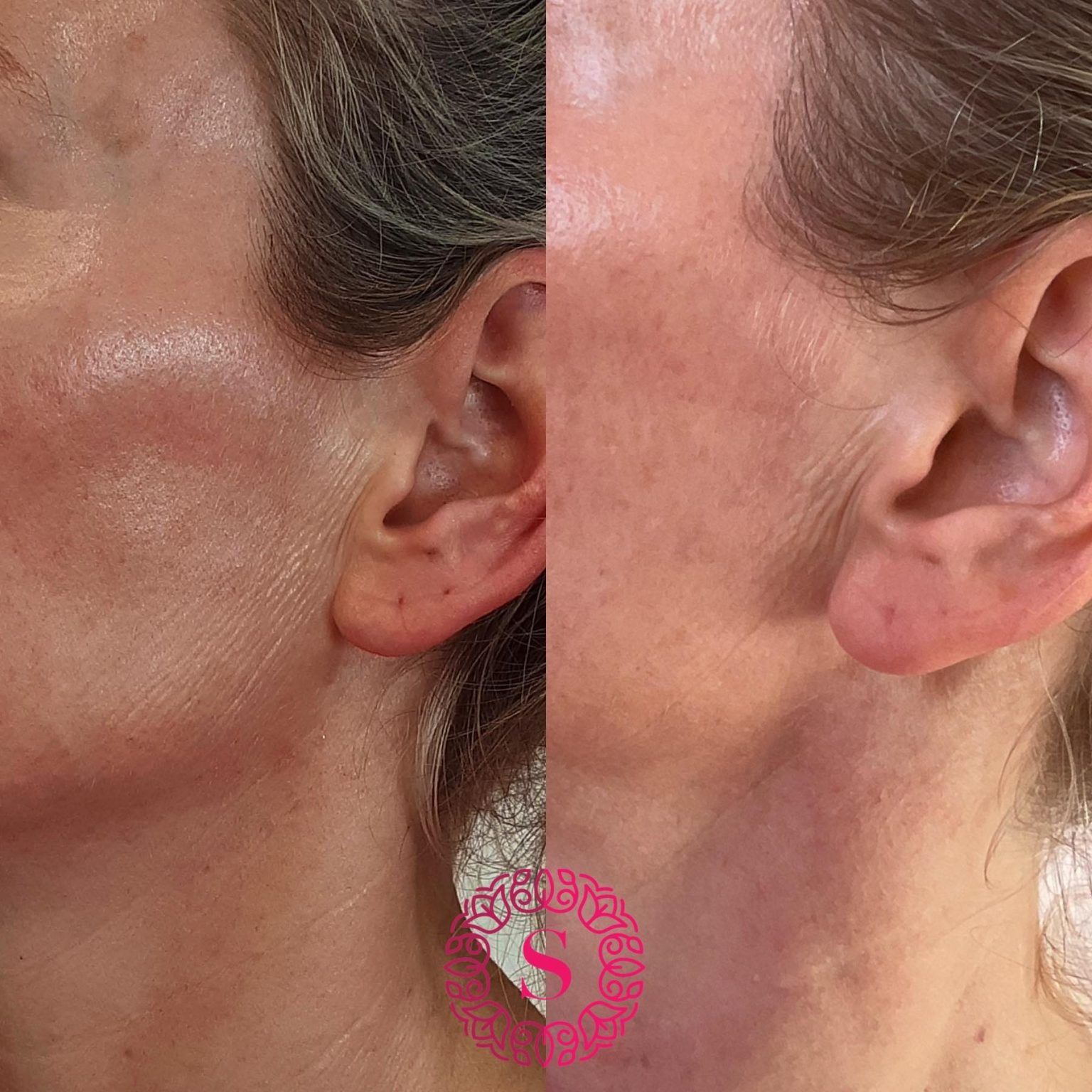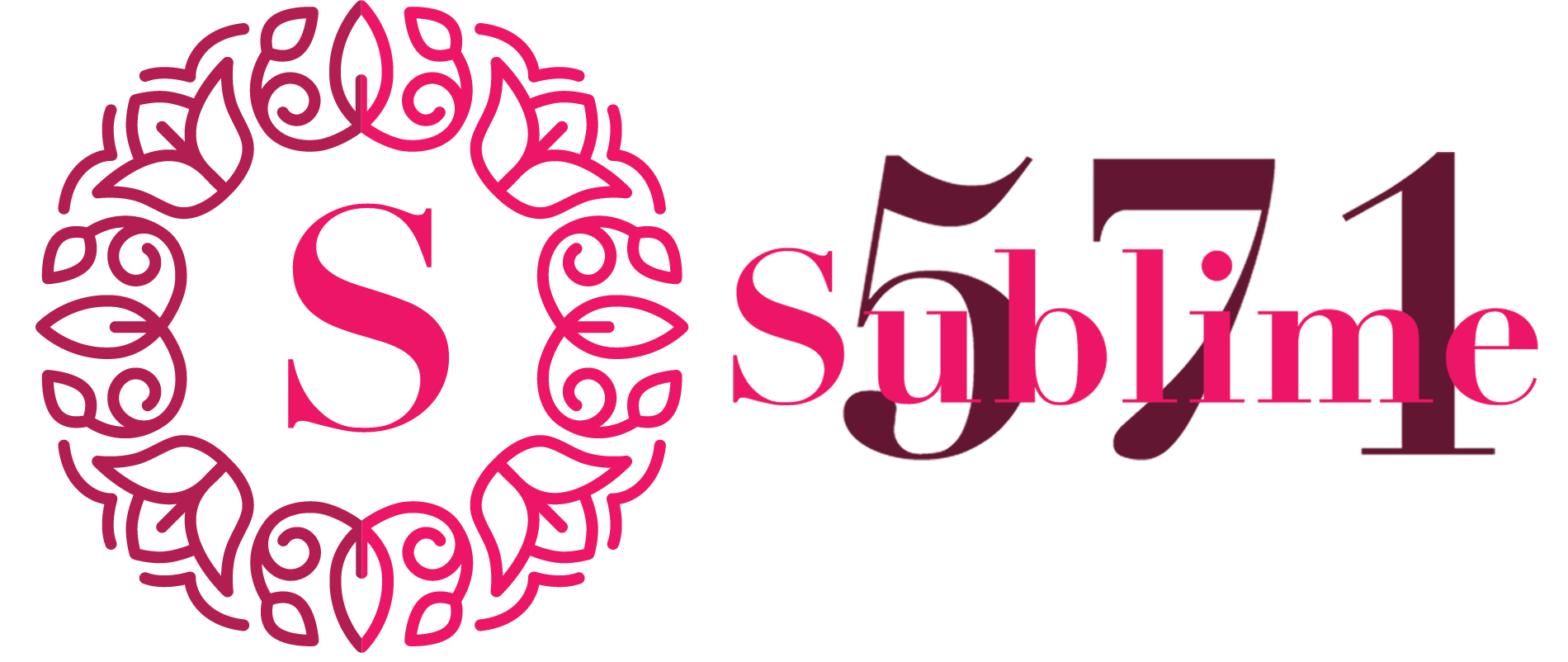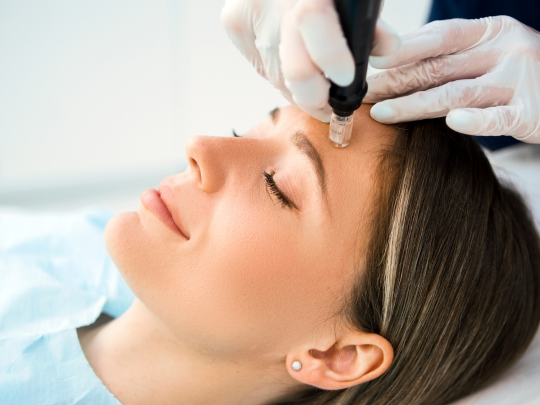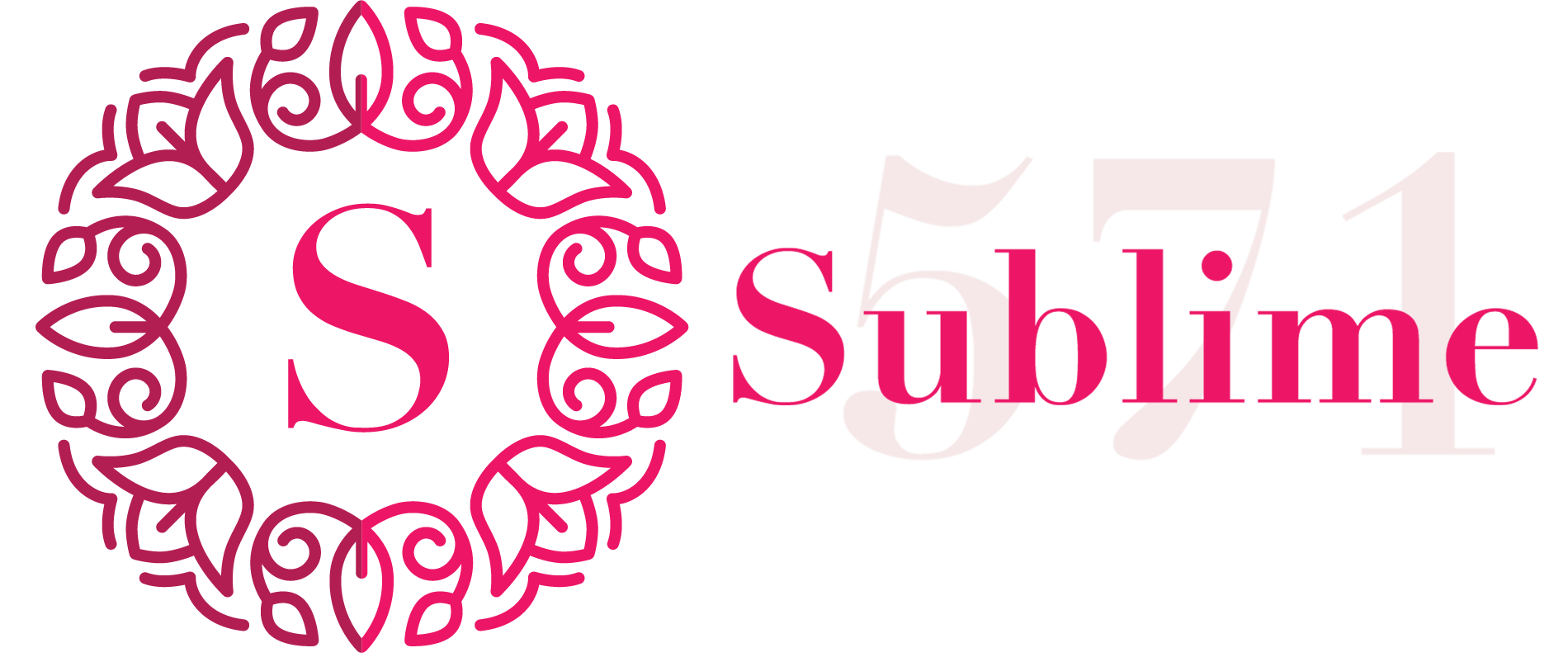Article
Botox® vs Dysport® vs Xeomin®
Botox® vs Dysport® vs Xeomin®: Which is the Best Option for Wrinkle Reduction?
If you’re considering getting a cosmetic procedure to reduce the appearance of wrinkles, you may be wondering about the difference between Botox® vs Dysport® vs Xeomin®. Each contains a neuromodulator called Botulinum toxin type A. This is the same protein that causes the condition botulism, with types A and B especially dangerous to humans. However, the active ingredient is purified from the source. Therefore, these injectables are a safe, easy way to reverse the hand of time. They work by temporarily blocking the signals from the nerves to the muscles, causing the muscles to relax and reducing the appearance of wrinkles.
There are some key differences between the three treatments.
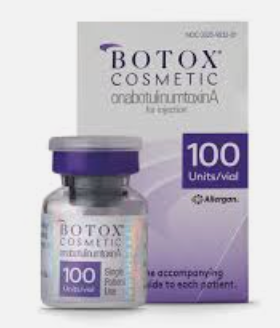
What is Botox®?
Botox® is the brand name of an injectable produced by Allergan Inc an American company. Botox® is most commonly used on the forehead, between the eyebrows, and around the eyes.
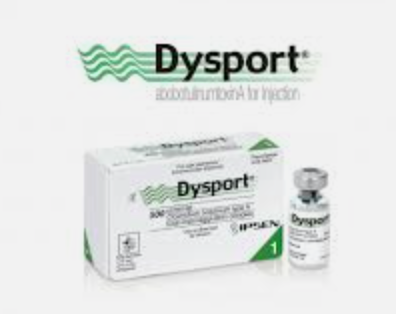
What is Dysport®?
Dysport® is the brand name of an injectable produced by Galderma, a European company.
It works in the same way as Botox®, blocking the signals from the nerves to the muscles and causing them to relax, which reduces the appearance of wrinkles. However, the formula used in Dysport® is slightly different from Botox®, and Xeomin®, leading to some differences in the way the treatments work. People use the term Botox® interchangeably for products like Dysport®. This is understandable as Dysport® produces the same result as Botox®, but Botox® was the first to market. However, Dysport® has been in Europe since the late 90s, becoming FDA approved in 2009.
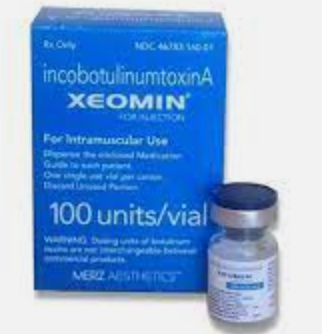
What is Xeomin®?
Xeomin® is the brand name of an injectable produced by a German company called Mertz.
Xeomin® came to the American market in 2010 and was FDA approved in 2011
Xeomin® is also a cosmetic treatment made from botulinum toxin type A. Like Botox® and Dysport®, it works by blocking the signals from the nerves to the muscles and causing them to relax, reducing the appearance of wrinkles.
Xeomin® Deemed the “naked” injectable as it does not contain any accompanying proteins, pure Botulinum toxin A. This trait is worth noting as patients who inject neurotoxin for prolonged periods of time may develop antibodies to the protein found in other toxins.
With Xeomin® lacking this accessory protein, patients find they do not have to continually increase their dosage to get the same or similar results and have less risk of developing a resistance to the toxin in the first place.
Longevity
Does one last longer than the others?
The simple answer is they last the same if a bioequivalent number of units are given.
That being said, there are variables that would make one last longer or shorter or would have them give a different effect. Such variables include: the dilution used (how many cc per vial) for each product how many units used total, or injection method used.
Chemical Composition
Dysport® is less concentrated, a difference owed to molecular construction. Therefore the dosage required to achieve the desired results differs. Dysport® is often used in larger doses than Botox® and Xeomin® to achieve the same results.
Molecular Weights
While these three brands have the same active ingredient, the difference lies in their molecular makeup. The molecular weight of Botox® is much more consistent, it tends to have a more localised spread. Dysport® has the tendency to spread more, injections can easily move and settle over a large area, such as the forehead. Ultimately, this treatment may also change the appearance of wrinkles and fine lines with fewer injections. But the density of Botox® makes it ideal for areas that require a precise application, such as laugh lines near the eyes, because its molecules stay in place. Xeomin® has the smallest spread, more units may be required to achieve similar results to Dysport® and botox®.
Onset of action
The manufacturer of Dysport® asserts that its effects can be seen in about two to three days. The manufacturer of Xeomin® reports that it takes an average of three to four days for the initial effects to become noticeable, and up to one month to see the product’s full effects (though the vast majority have results by the 2-week mark). Dysport® and xeomins’® full effects are seen by the 2-week mark. Most studies have supported that Dysport® provides the fastest results, followed by Botox® and then Xeomin®. In my practice, anecdotally, the onset of action differs between individuals.

Which is the best option for wrinkle reduction?
The best option for wrinkle reduction will depend on your individual needs and preferences. Some people may prefer Botox® for its more localized effects, while others may prefer Dysport® for its faster onset or Xeomin® for its lower risk of an immune reaction. It’s important to consult with a qualified cosmetic injector to determine the best option for you.
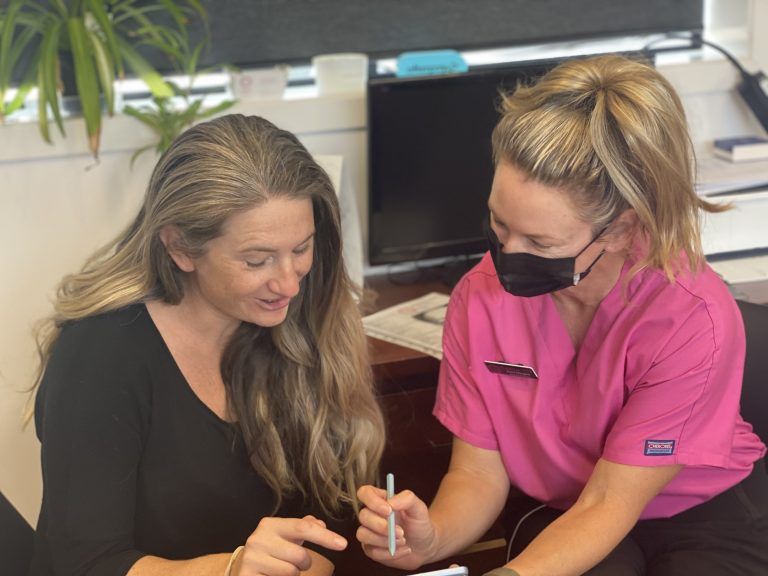
In conclusion, Botox®, Dysport®, and Xeomin® are all effective cosmetic treatments for reducing the appearance of wrinkles and fine lines. However, there are some differences between the three treatments, including dosage, spread, and onset of action, The best option for wrinkle reduction will depend on your individual needs and preferences, so it’s important to consult with a qualified cosmetic physician to determine the best option for you.
IN SUMMARY:
If you are curious about what Sculptra® can do for
you book in for a consultation to find out if you are a good candidate
Share
Related Articles
Related Articles
